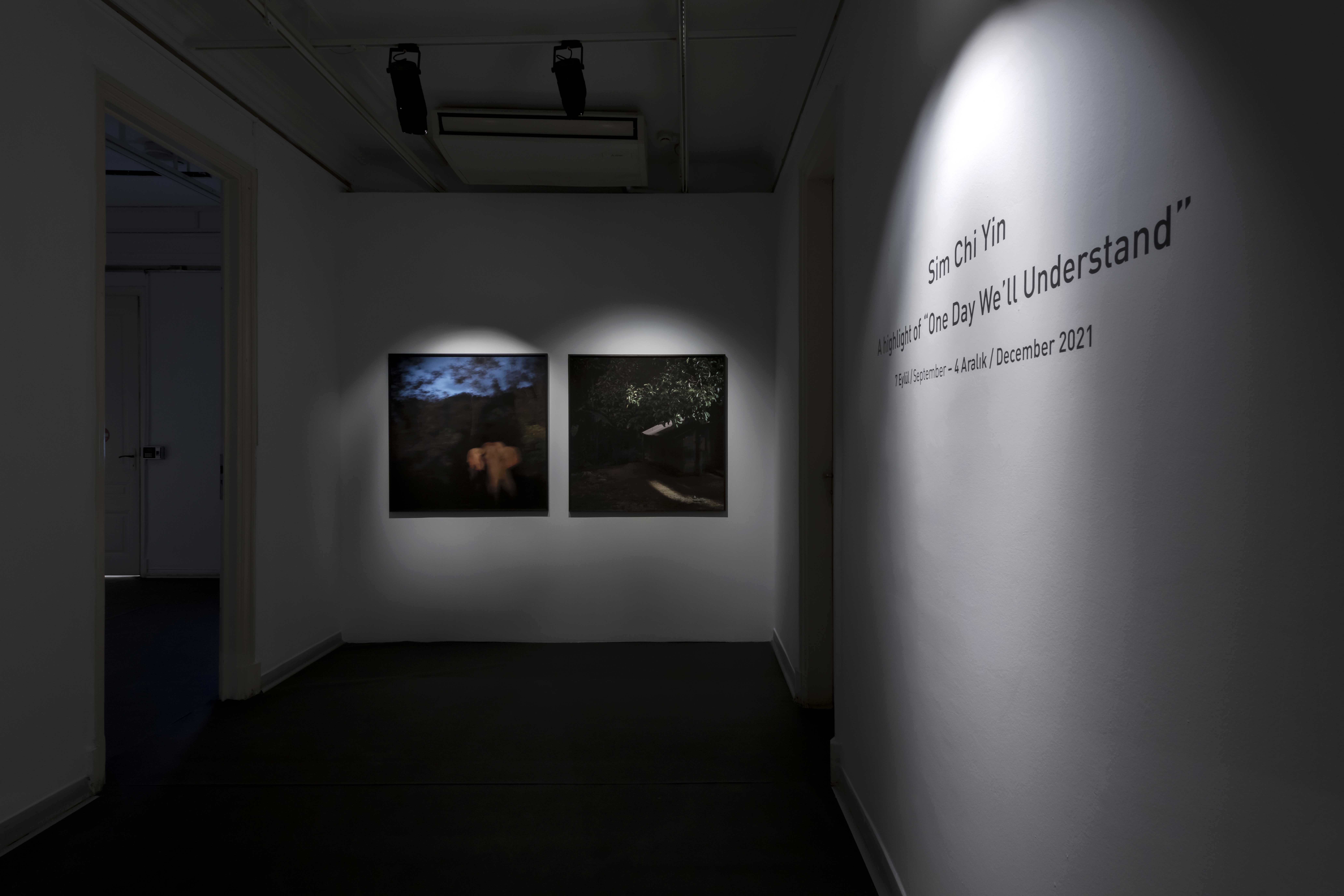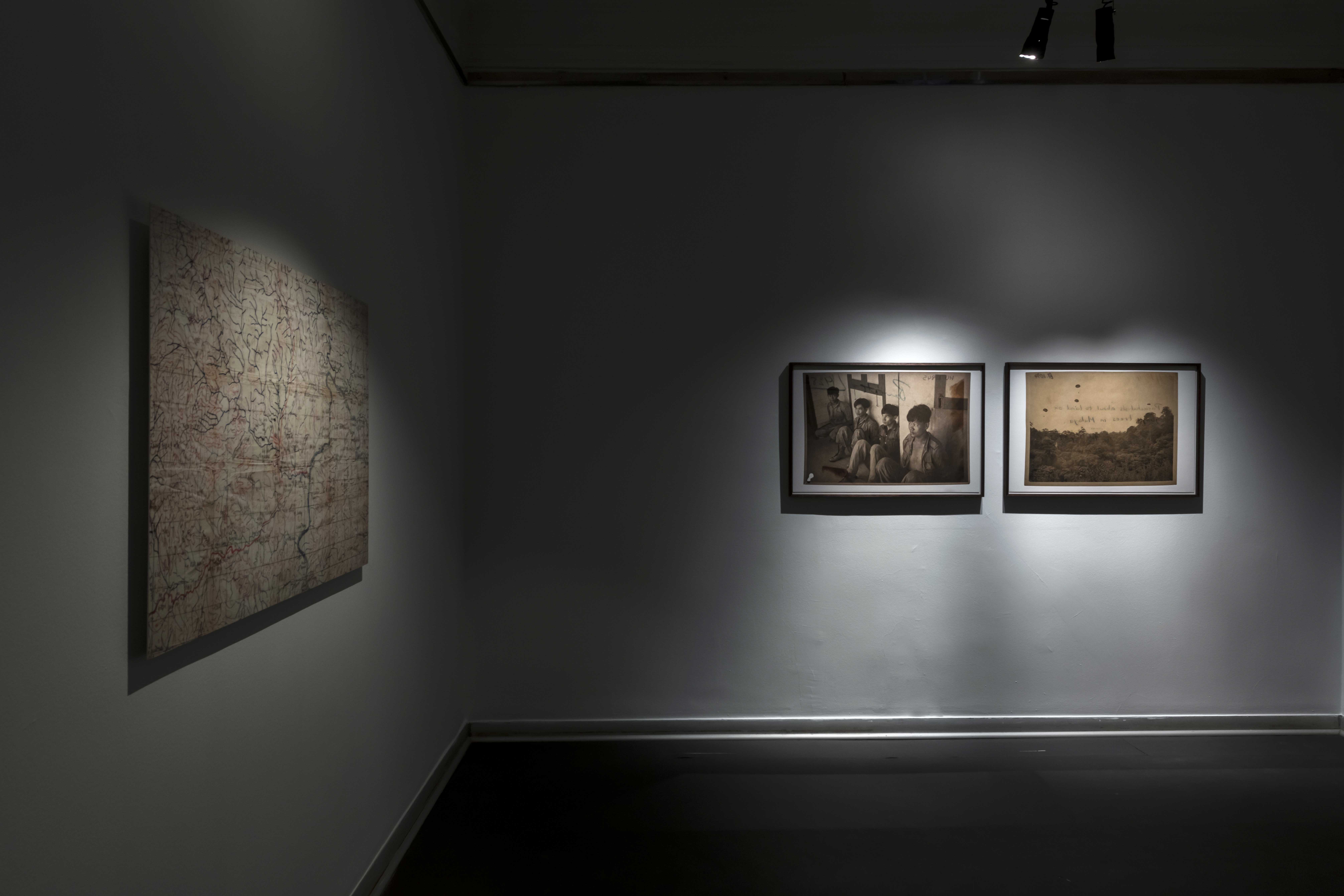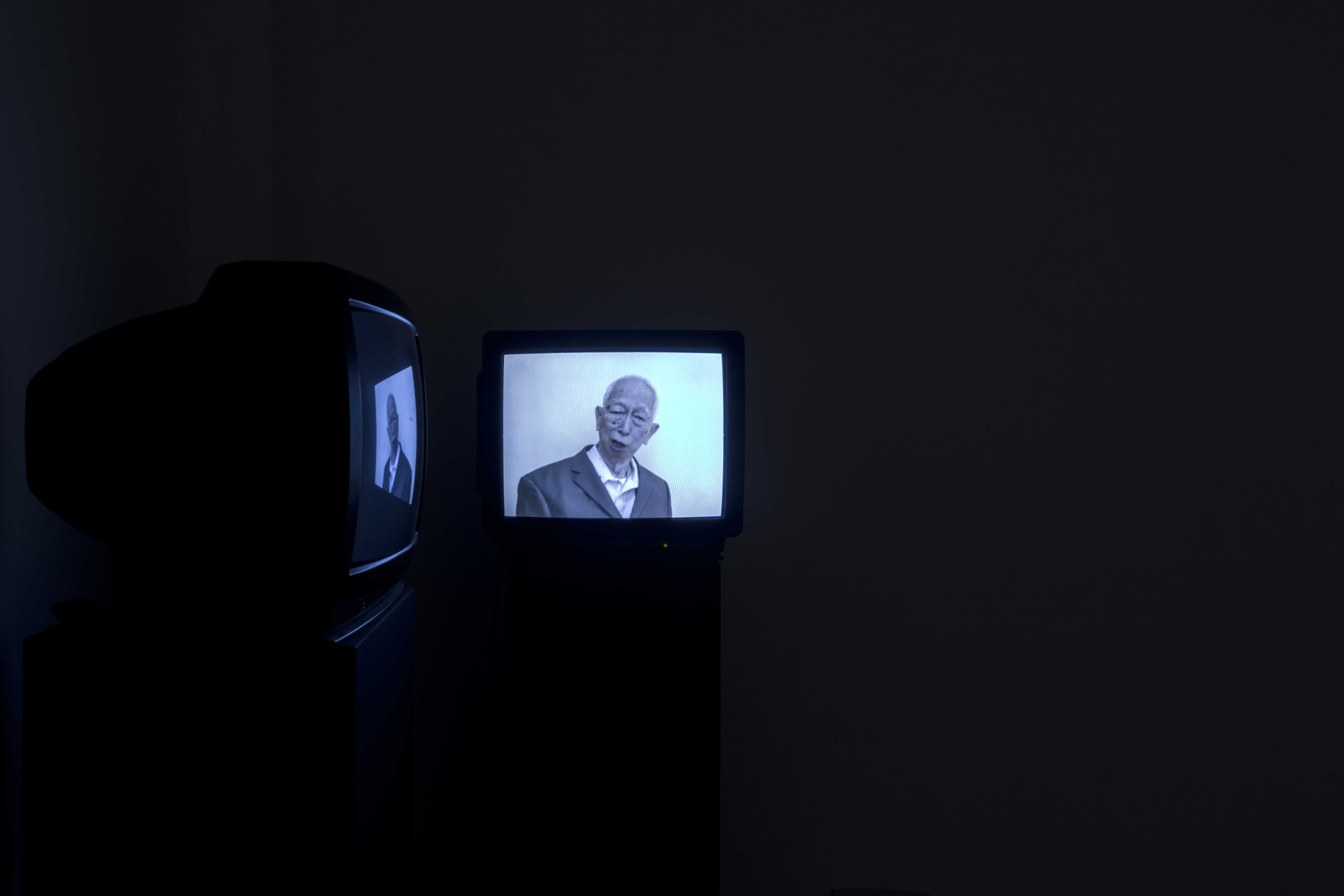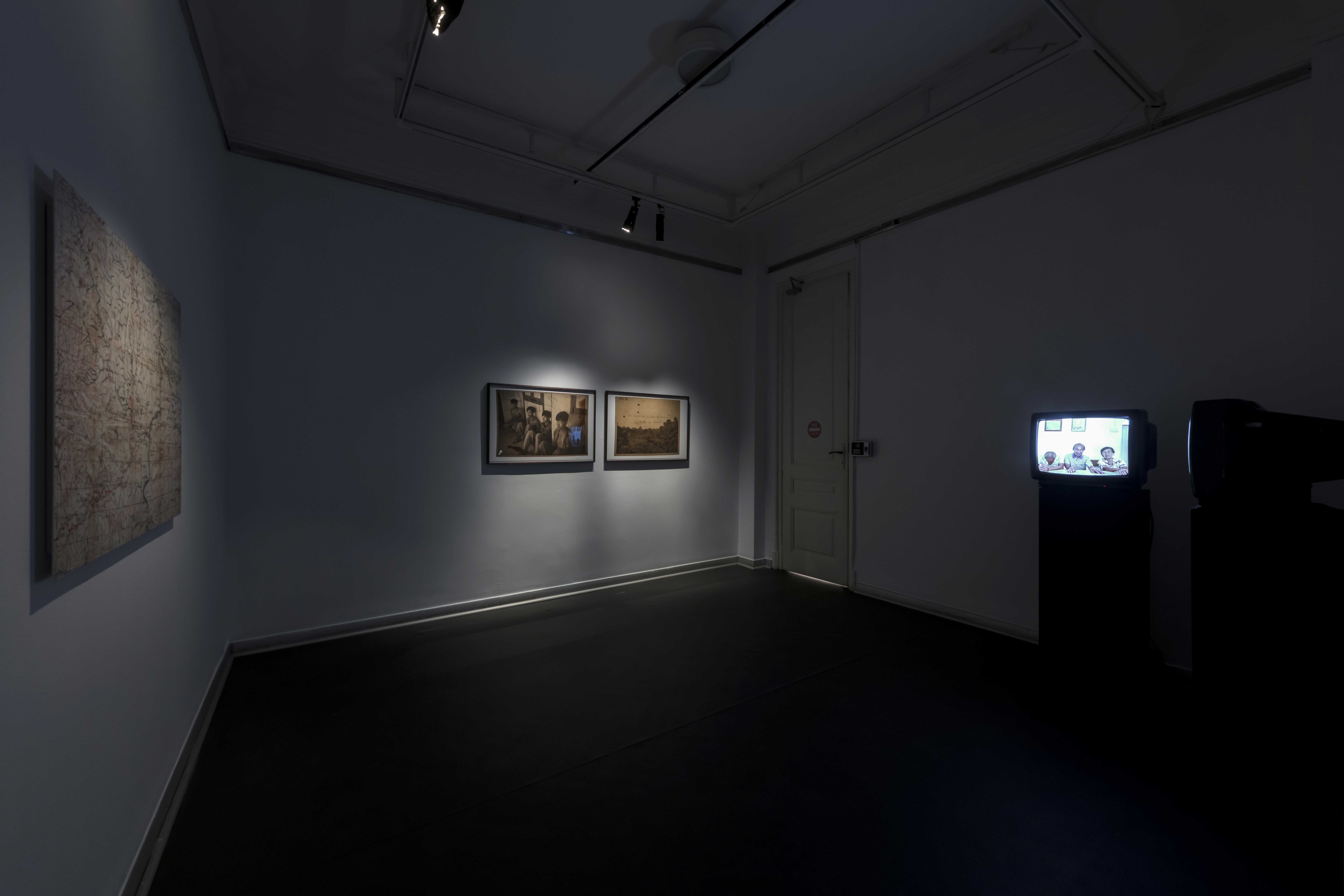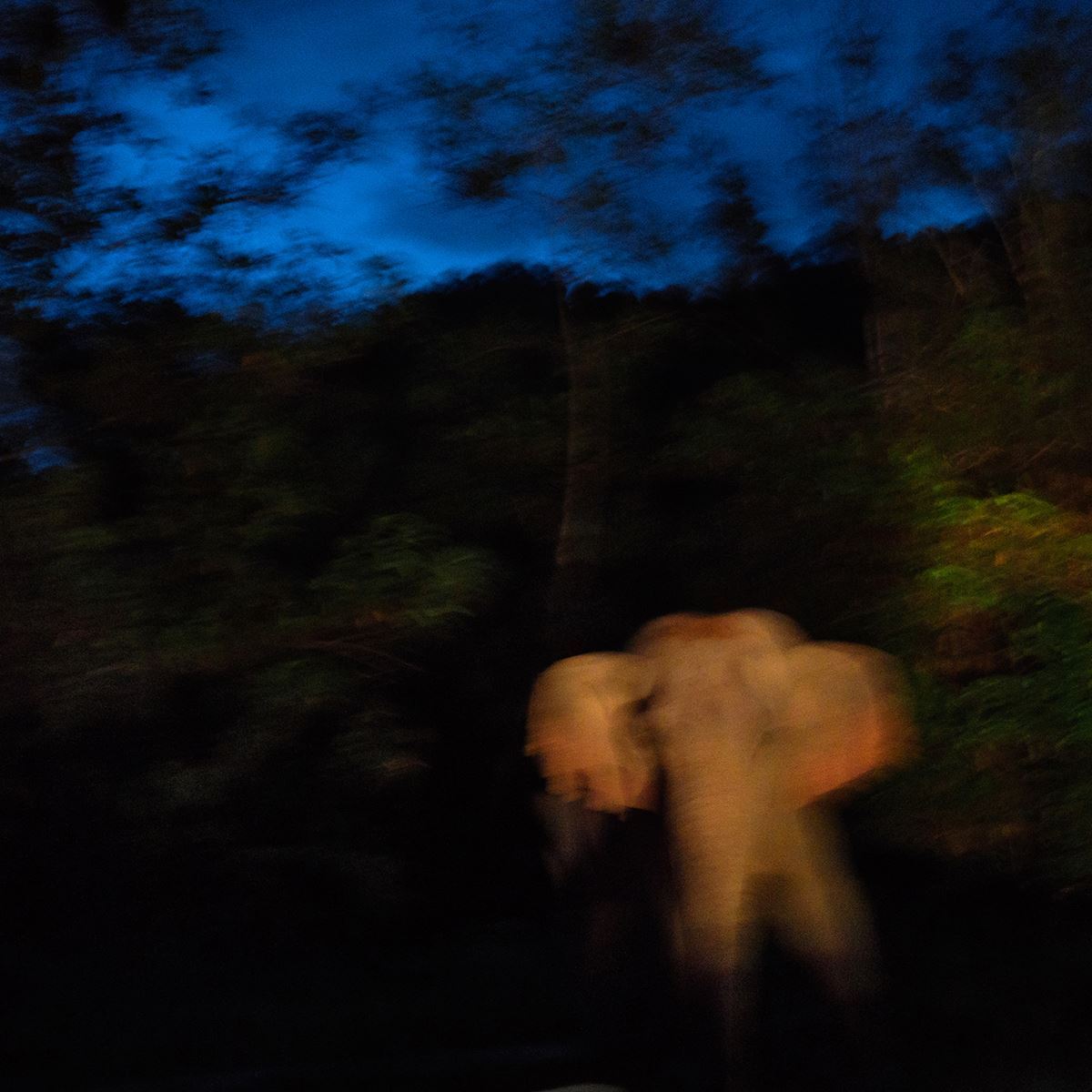A highlight of ''One Day We’ll Understand''
07/09/2021 - 04/12/2021
Zilberman Project Space, Istanbul is pleased to announce the opening of A highlight of ''One Day We’ll Understand'', which will be exhibited between September 7 - December 4, 2021 in Istanbul. The exhibition presents a section of the artist Sim Chi Yin's solo exhibition "One Day We’ll Understand" that is on view at Zilberman | Berlin between September 14-November 2, 2021. The section includes Berlin-based artist’s video installation and photograph works on display at the second floor of the historical Misir Building at Zilberman Istanbul.
The artworks will be viewed in parallel with the artist Azade Köker’s new solo exhibition entitled Murder of the Mannequin between September 7 and December 4, 2021 at Zilberman Istanbul’s third floor.
Two revolutionary songs – The Internationale and Goodbye Malaya, the former conveying an aspirational mind set, the latter loss – are included in Sim Chi Yin’s video installation Requiem. We hear the voices of former deportees and exiles, some of whom are still not allowed to return to Malaysia. The sound of their fragile voices, sometimes forgetting the lyrics, permeates in the exhibition space. These ethereal voices suffused with a sense of loss echo as we take in the atmospheric landscape photographs the artist has made of sites of memory of this war around present-day Malaysia and southern Thailand. In one scene at dusk, an elephant emerges out of the jungle thicket, a split-second encounter that transforms into an apparition. Another scene depicts a village house on the rubber plantation lit by moonlight, in a village now inhabited by the remnants of the guerrilla army which fought the British in Malaya. A hand-drawn map in the possession of an elderly former guerilla fighter showing where Northern Malaysia meets Thailand — the base area of the Malaya Communist Party’s army during the war.
In her most recent series Interventions, Sim excavates photos from the colonial archive at the Imperial War Museum in London that were used by British authorities for media campaigns and psychological warfare to legitimise national military operations against anti-colonial fighters. Sim has photographed these prints on a light table so that the markings and labelling, which would otherwise be concealed on the back, can be seen through the image like a palimpsest. The transparency of the foil prints on glass plates enables viewing from two sides, with either the text or the image appearing back-to-front. Who has the power to define? Sim questions the indexicality of material evidence by exposing the mechanisms of colonial interpretation. In one picture, freshly-captured guerrilla fighters can be seen squatting on the floor of a police station, the “Bandits” label, which is how the insurgents were criminalised, visible through the folio. The figures are outlined with a black pencil in places, for the purpose of publication in the press. Today, these people are still taboo in Malaysia and Singapore, echoing the way the British defamed them as bandits or communist terrorists, archiving them on propaganda pictures, wanted lists, or lists of deportees or exiles. But paradoxically it was that very contact with the colonial power that preserved them in history, creating an uneasy dynamic where the vanquished are only remembered through the victors' eyes, something Sim deconstructs in her work.
Sim Chi Yin (b. 1978 in Singapore, resident in Berlin since 2021) was commissioned to make the Nobel Peace Prize exhibition in 2017 and was nominated for the Vera List Center’s Jane Lombard Prize for Art and Social Justice in 2020. She has been a nominee member of Magnum Photos since 2018. Her photo book She Never Rode That Trishaw Again, the first in a series for her composite project One Day We’ll Understand, for which she also developed performative readings, was published in 2021. Her previous projects include Shifting Sands, about the global shortage of sand driven by rapid urbanisation and land reclamation, as well as Most People Were Silent, for which she created a series of diptychs of nuclear landscapes on the border between North Korea and China, and across the United States. Sim has recently presented solo exhibitions at Les Rencontres de la photographie d‘Arles, France (2021), Landskrona Foto Festival, Sweden (2020), Hanart TZ Gallery, Hong Kong (2019), the Institute of Contemporary Arts, LASALLE College of the Arts, Singapore (2018) and the Nobel Peace Museum, Oslo (2017). Her works have been shown at the Guangzhou Image Triennial (2021) and the 15th Istanbul Biennale, Turkey (2017).
For further information, please contact: naz@zilbermangallery.com
» SIEHE AUCH
Artist Pages
- Sim Chi Yin


